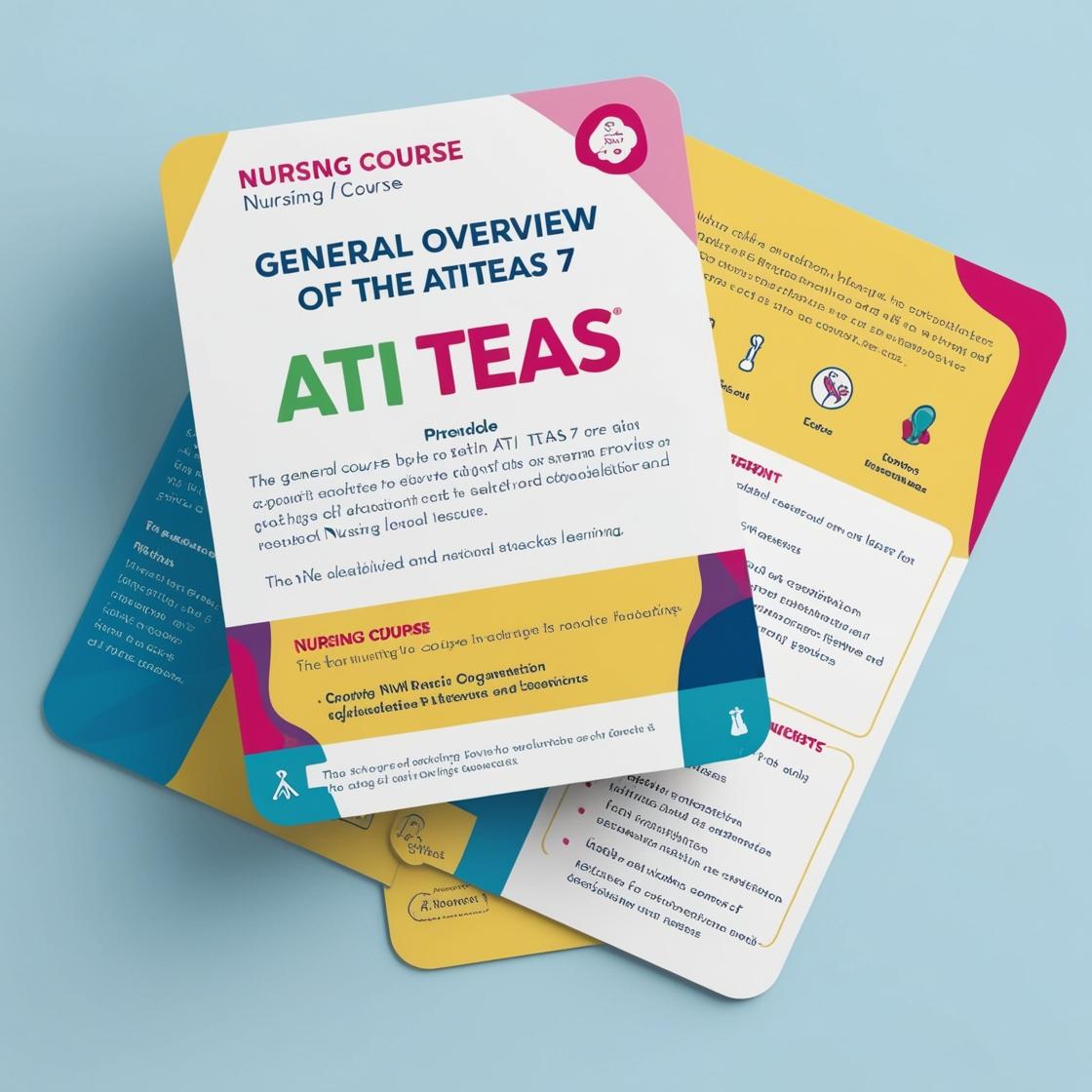ATI TEAS 7
Practice English TEAS TEST
1. Which of the following sentences has correct subject-verb agreement?
- A. The crowd standing outside the club is getting restless.
- B. Most of the cookies we left out on the counter were eaten by the dog.
- C. The upholstered couch and rocking chair we bought together look great in the living room.
- D. Ricotta cheese and pesto taste great on pizza.
Correct answer: C
Rationale: The correct answer is C: 'The upholstered couch and rocking chair we bought together look great in the living room.' This sentence has correct subject-verb agreement with a compound subject. 'The crowd standing outside the club are getting restless' (Choice A) has incorrect agreement as 'crowd' is singular and should be paired with 'is'. 'Most of the cookies we left out on the counter was eaten by the dog' (Choice B) has incorrect agreement as 'cookies' is plural and should be paired with 'were'. 'Ricotta cheese and pesto tastes great on pizza' (Choice D) has incorrect agreement as 'cheese' and 'pesto' form a compound subject that is plural and should be paired with 'taste'.
2. In the sentence 'The flustered man watched the train as it pulled out of the station,' which of the following is the simple subject?
- A. man
- B. the flustered man
- C. watched
- D. train
Correct answer: A
Rationale: The simple subject is the noun or pronoun that the sentence is about. In this sentence, the subject is 'man' because it is the entity performing the action of watching. 'The flustered man' is a noun phrase but not the simple subject as it includes an article and an adjective. 'Watched' is a verb and 'train' is the object of the action, not the subject. Therefore, 'man' is the correct simple subject in this sentence.
3. In the sentence, 'The receptionist explained that we would be the next to see the doctor,' which of the following is the complete predicate?
- A. explained that we would be the next to see the doctor
- B. next to see the doctor
- C. explained that we would be next
- D. see the doctor
Correct answer: A
Rationale: The complete predicate is 'explained that we would be the next to see the doctor.' In a sentence, the complete predicate includes the main verb (explained) and all the words that complete its meaning (that we would be the next to see the doctor). Choices B, C, and D do not constitute the complete predicate as they do not include the main verb 'explained' and all associated words that complete its meaning.
4. Which of the following is a synonym for 'reiterate'?
- A. Refine
- B. Relegate
- C. Regale
- D. Repeat
Correct answer: D
Rationale: The correct answer is 'D: Repeat.' 'Reiterate' means to say something again, making 'repeat' a synonym. 'Refine' means to improve, 'relegate' means to dismiss to an inferior position, and 'regale' means to entertain or amuse, which do not align in meaning with 'reiterate.'
5. Arrange the following sentences into a chronological paragraph on preparing for the basketball season: There is a myriad of preparation to be completed before the basketball season begins. First, a player must ensure they are in the physical shape required to play an aerobic game such as basketball. This could include lifting weights, short- and long-distance running, and completing ball-handling drills. Additionally, players must ensure they are in good academic standing. Lastly, players can prepare for the basketball season by purchasing the necessary equipment, including proper shoes and socks.
- A. First, a player must ensure they are in physical shape.
- B. Next, players should lift weights and complete drills.
- C. Then, players should ensure they are in good academic standing.
- D. Finally, players should purchase necessary equipment.
Correct answer: C
Rationale: The correct chronological order for the sentences is as follows: First, a player must ensure they are in the physical shape required for basketball. Next, they should engage in physical activities like lifting weights, running, and completing drills. Then, players need to ensure they are in good academic standing to participate. Finally, players can prepare by purchasing the necessary equipment. Choice C, 'Then, players should ensure they are in good academic standing,' is the correct answer as it aligns with the sequence of steps required for preparing for the basketball season. Choices A, B, and D are incorrect because they do not follow the chronological order presented in the paragraph.
Similar Questions

Access More Features
ATI TEAS Premium Plus
$150/ 90 days
- Actual ATI TEAS 7 Questions
- 3,000 questions with answers
- 90 days access
ATI TEAS Basic
$99/ 30 days
- 3,000 Questions with answers
- 30 days access
